#Lamborghini Espada
Explore tagged Tumblr posts
Text
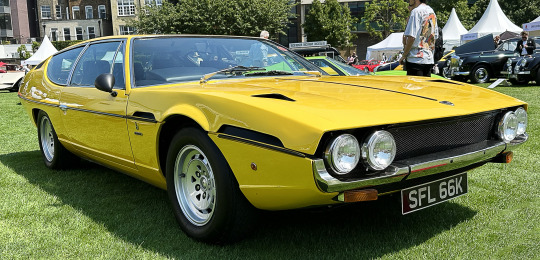
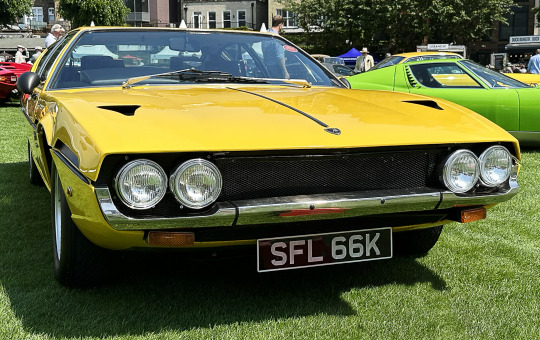
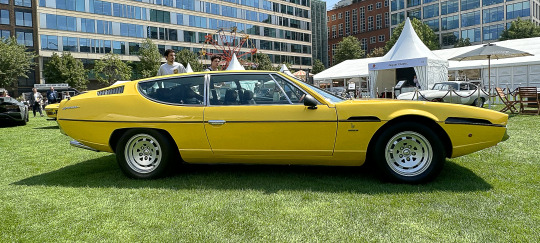

Lamborghini Espada Series 2, 1972, by Bertone. Another of the cars that formed the 60 years of Lamborghini selection at the London Concours. Designed by Marcello Gandini, the second series Espada was introduced at the 1970 Brussels Motor Show and became the biggest selling Espada series with 575 made. Since the Espada was discontinued in 1978 Lamborghini have never made another grand touring 4-seat coupé
#Lamborghini#Lamborghini Espada#Lamborghini Espada S2#1972#V12#Bertone#marcello gandini#grand tourer#London Concours#60 years of Lamborghini#60th anniversary
187 notes
·
View notes
Text

Lamborghini Espada
#Lamborghini Espada#Lamborghini#classic car#car#car porn#car photography#classic lambo#classic Lamborghini
4 notes
·
View notes
Text


1966 Bertone Lamborghini Espada Prototype
My tumblr-blogs: https://www.tumblr.com/blog/germancarssince1946 & https://www.tumblr.com/blog/frenchcarssince1946 & https://www.tumblr.com/blog/englishcarssince1946 & https://www.tumblr.com/blog/italiancarssince1946 & https://www.tumblr.com/blog/japanesecarssince1947
4 notes
·
View notes
Photo

Lamborghini Espada 400 GT
5 notes
·
View notes
Text
youtube
0 notes
Text




Lamborghini Espada 400 GTE Series 3, 1974. The Espada was the last 4-seat grand touring front-engine V12 sports car made by Lamborghini. Also designed at Bertone by Gandini, it was discontinued and not replaced in 1978
438 notes
·
View notes
Text

121 notes
·
View notes
Text

#Lamborghini#Lambo#Muscle car#concept#concept car#Prototype#Espada MC#Lamborghini Espada MC#1972#Lamborghini muscle car#Custom#custom car#wide body#Luxury#luxury life#luxury living#classic#classic car#vintage#vintage car#car blog#menstyle#classy#classy life#beauty#lifestyle#lifestyle blog#photography
379 notes
·
View notes
Text










Lamborghini Espada
Www.kidston.com
139 notes
·
View notes
Text

1972 Lamborghini Espada
35 notes
·
View notes
Text

Lamborghini Espada
90 notes
·
View notes
Photo
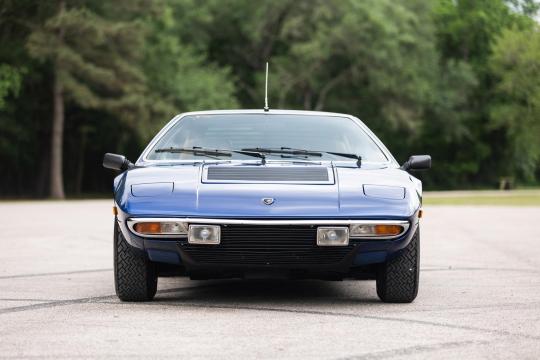
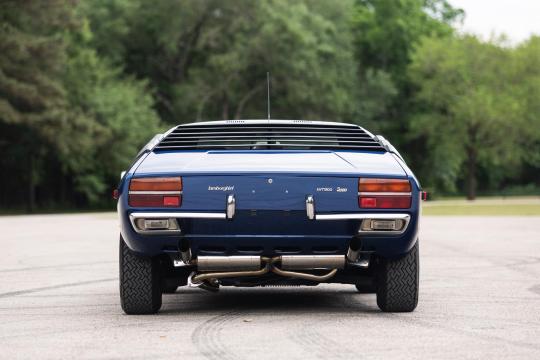

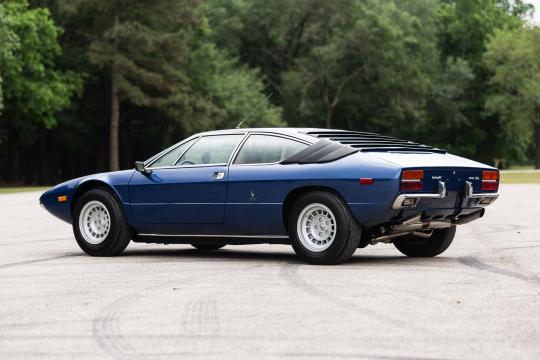
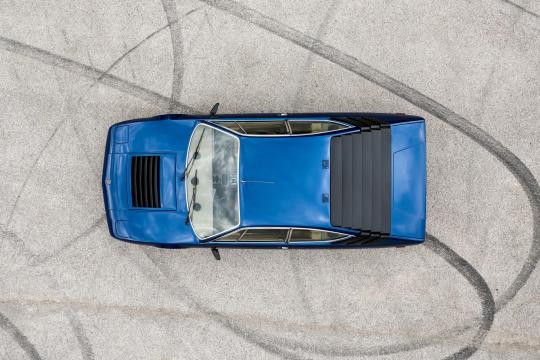
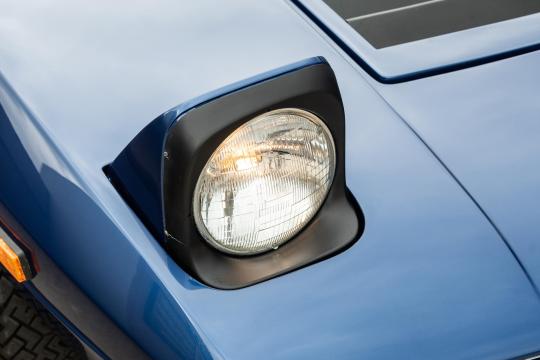
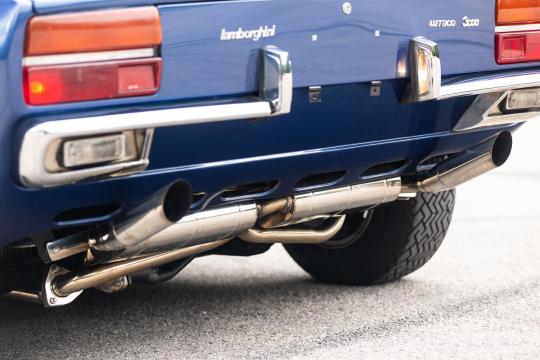
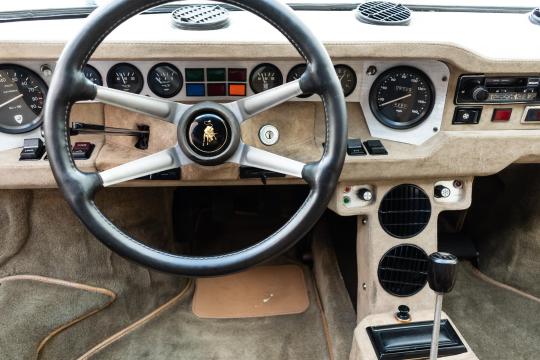
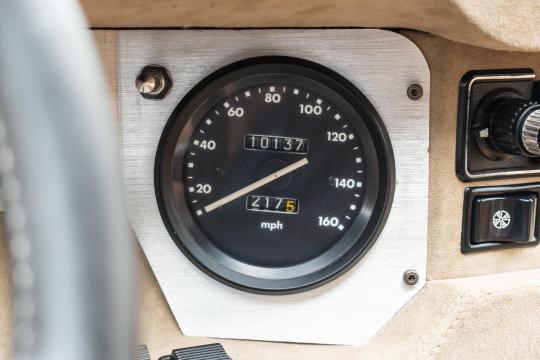
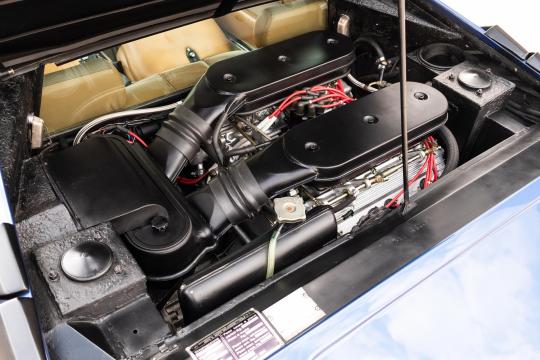
Lamborghini Urraco P300
Despite having been conceptualised as the model to dramatically increase sales and bring Lamborghini greater financial stability, the Urraco P250 proved a commercial flop. Production started in late 1972 following major equipment and floorspace investment. However, by late 1974, less than 500 had been delivered. The Urraco should have gone into production two years earlier than it eventually did. Lamborghini had originally conceived the model with a view to selling over 1000 examples every year.
The disappointing reality left Lamborghini deep in the red, but the Urraco was only partly responsible for a difficult few years.
Compounding the firm’s troubles had been delays for the Countach, a worldwide recession, problems at Lamborghini Trattori and unionised labour, all of which contrived to take their toll on the company founder. In 1972, Ferruccio Lamborghini had sold his tractor company along with 51% of his motor car business. He cashed out of the final 49% in 1974 when the world was in the midst of an energy crisis that slashed demand for gas guzzling machinery.
Throughout this tumultuous period, development work continued on the Urraco. It mainly focused on the Paolo Stanzani-designed V8 engine that had been created especially for the new model at considerable expense. In November 1974, an uprated Urraco P300 was launched at the Turin Motor Show. It immediately went into production alongside the Countach LP400, Espada Series 3 and Jarama S.
Most significantly, the Urraco P300 came with an enlarged three-litre engine. Equally importantly, the power unit now incorporated dual instead of single overhead camshafts.
To take capacity up to three-litres, Paolo Stanzani’s all-alloy 90° V8 was stroked from 53mm to 64.5mm. Bore went unchanged at 86mm for an overall displacement of 2997cc (an increase of 534cc). Compression was dropped from 10.5:1 to 10.0:1. Four new Weber 40 DCNF twin-choke downdraught carburettors were installed to replace the old 40 IDF 1s used previously.
The consequence of these improvements was a dramatic jump in output. Peak power was up 40bhp to 260bhp at an otherwise unchanged 7500rpm. The torque rating also rose considerably; 195lb-ft was now on tap at 3500rpm compared to 166lb-ft at 5750rpm for the P250.
As before, ignition was via two Marelli coils and a single Marelli distributor.
Lamborghini’s five-speed manual gearbox was beefed up to cope with the increased power and torque. Transmission was via a single dry-plate clutch and Lamborghini differential. New damper settings improved the ride, but otherwise little was changed to the existing platform The P300 was based on the same steel monocoque body shell as its predecessor. The engine was housed transversely like the Miura.
Suspension was independent all-round with MacPherson struts, coil springs and telescopic shocks. Anti-roll bars were fitted at either end The twin circuit brake system incorporated unchanged 278mm ventilated Girling discs. Campagnolo’s handsome five-bolt cast magnesium wheels were retained. They measured 7.5 x 14-inches and originally came shod with Michelin XWX tyres.
An 80-litre fuel tank was fitted in the engine bay.
Visually, the only change made to the P300 Urraco was a switch from a two-bank to six-bank radiator cooling vent on the front lid. The rest of Marcello Gandini’s soft wedge creation was unaltered.In a decade not exactly renowned for design longevity, the Urraco proved somewhat timeless. Compared to Bertone’s other mid-engined 2+2, the Ferrari Dino 308 GT4, the baby Lamborghini aged very well, even though it was ultimately outsold by the Maranello product by five to one.Build quality was considerably improved over earlier examples and nowhere was this more apparent than in the cockpit.Bertone had originally been responsible for furnishing the bodyshells, but by the time the P300 was on stream, this work had been taken in-house.
Lamborghini used better quality materials and ensured a higher standard of fit and finish.To this end, P300s were generally equipped with full leather interiors instead of the often garish two-tone leather and fabric combinations seen earlier.
The full width dash layout was still just as haphazard though. The rev counter and speedometer were located at either end of the instrument binnacle and angled in towards the driver. Supplementary gauges and various rocker switches were housed in between.
Lamborghini’s unusual deep dish steering wheel with its four arced horizontal spokes and leather rim was also retained. Like the P250 (which remained in production for a few months longer to use up an overstock of parts), the only update was the gradual shift to anodised black bumpers, wipers and window frames. A more conventional three-spoke steering wheel was also introduced towards the end of production.
#Lamborghini Urraco P300#Ferruccio Lamborghini#Countach LP400#Espada#Jarama S#Miura#Ferrari Dino 308 GT4#Bertone
176 notes
·
View notes
Text

Lamborghini Huracan at Waukesha Cars & Coffee (2024) - Meet 1 in Waukesha, WI.
#cars & coffee#stance#stanced#lamborghini#lambo#huracan#huracan spyder#huracan evo#huracan performante#huracan sterrato#huracan sto#huracan tecnica#aventador#aventador s#aventador sv#aventador svj#urus#revuelto#gallardo#murcielago#diablo#lm002#jalpa#silhouette#countach#urraco#jarama#islero#espada#miura
12 notes
·
View notes



